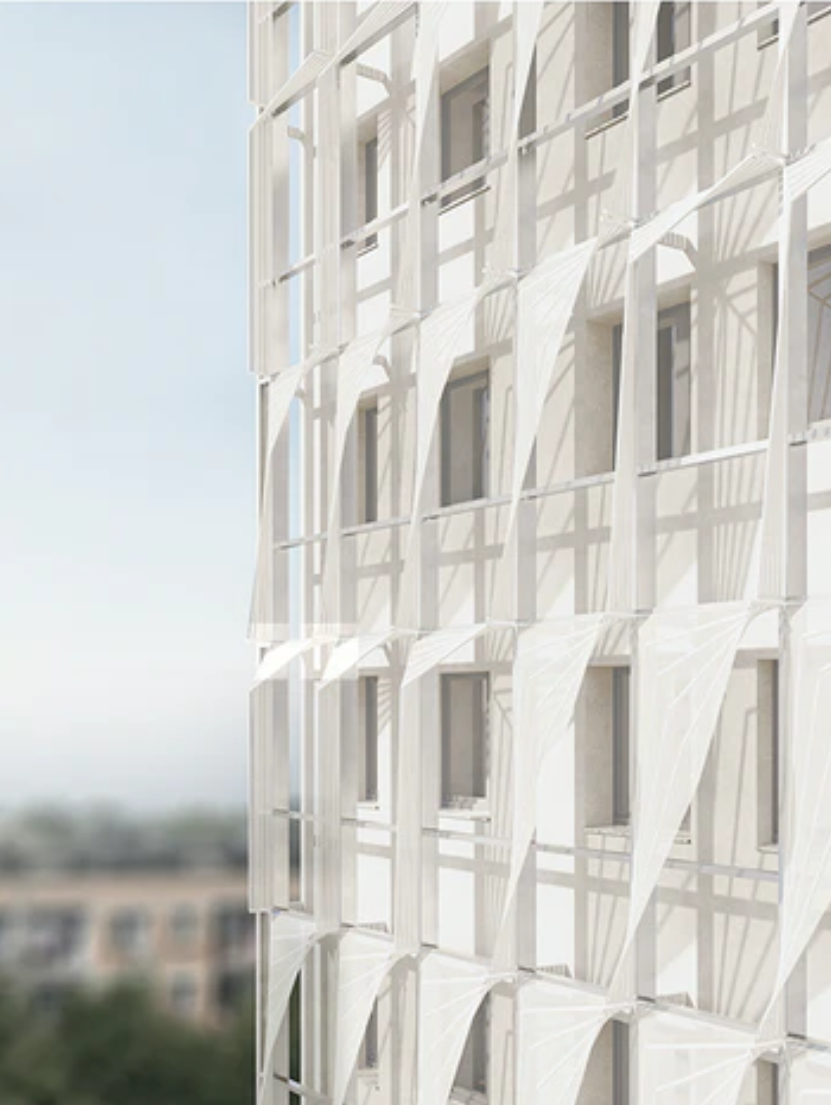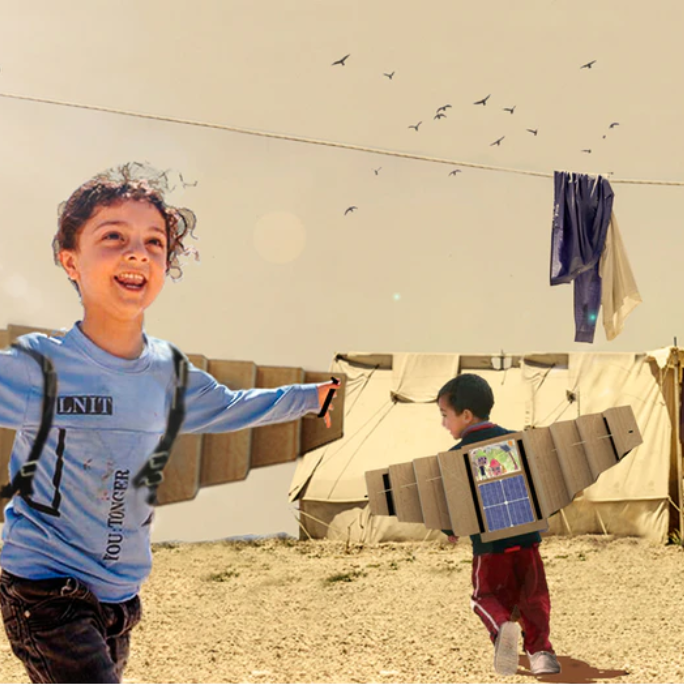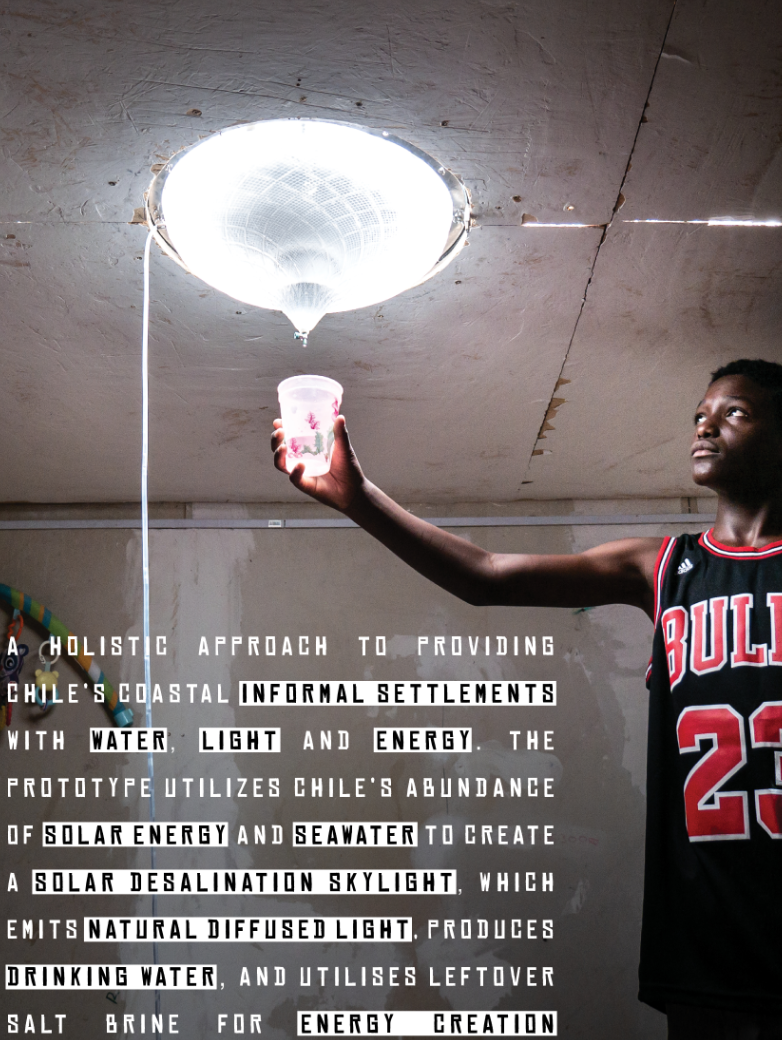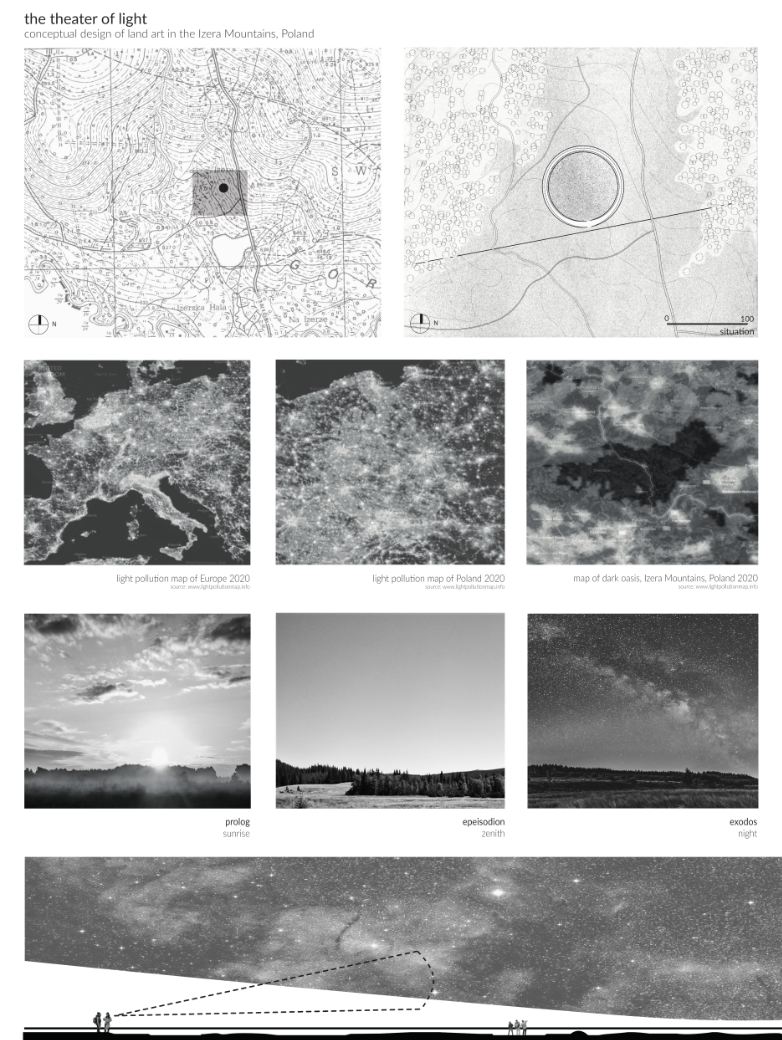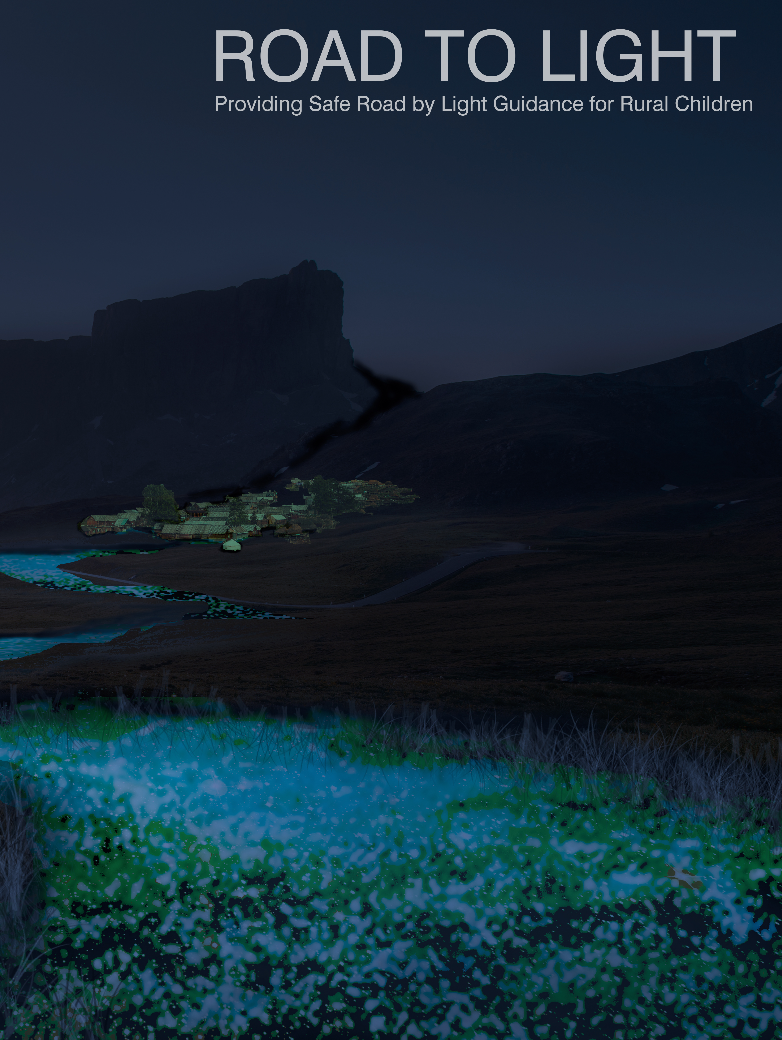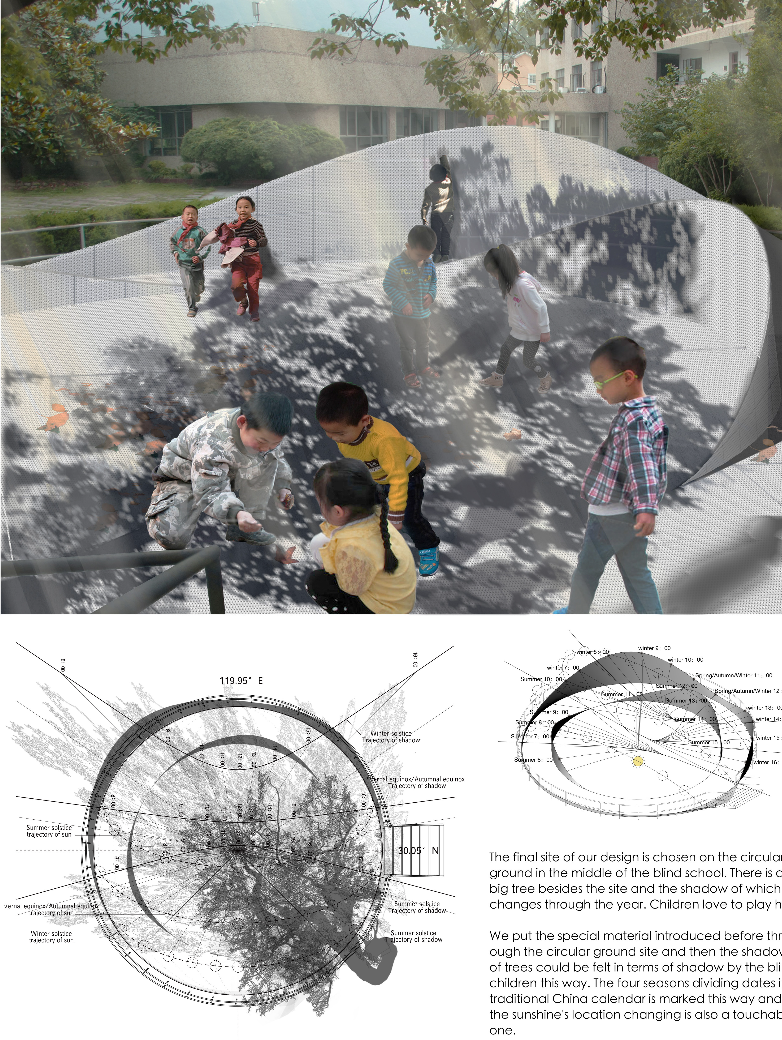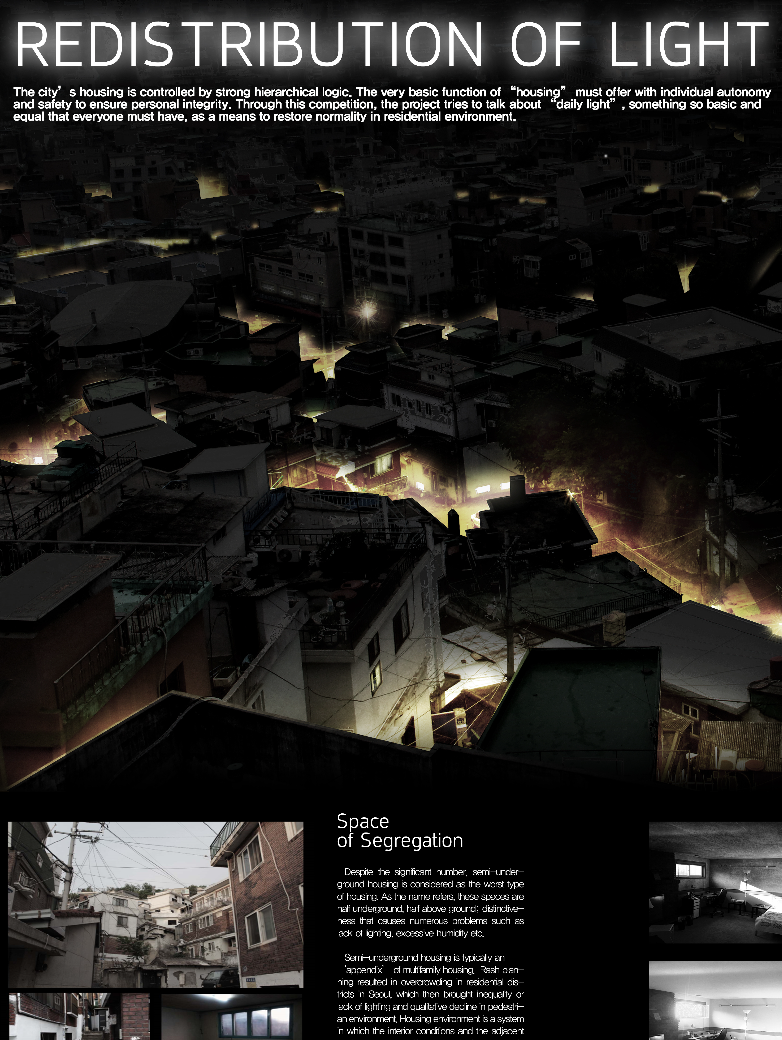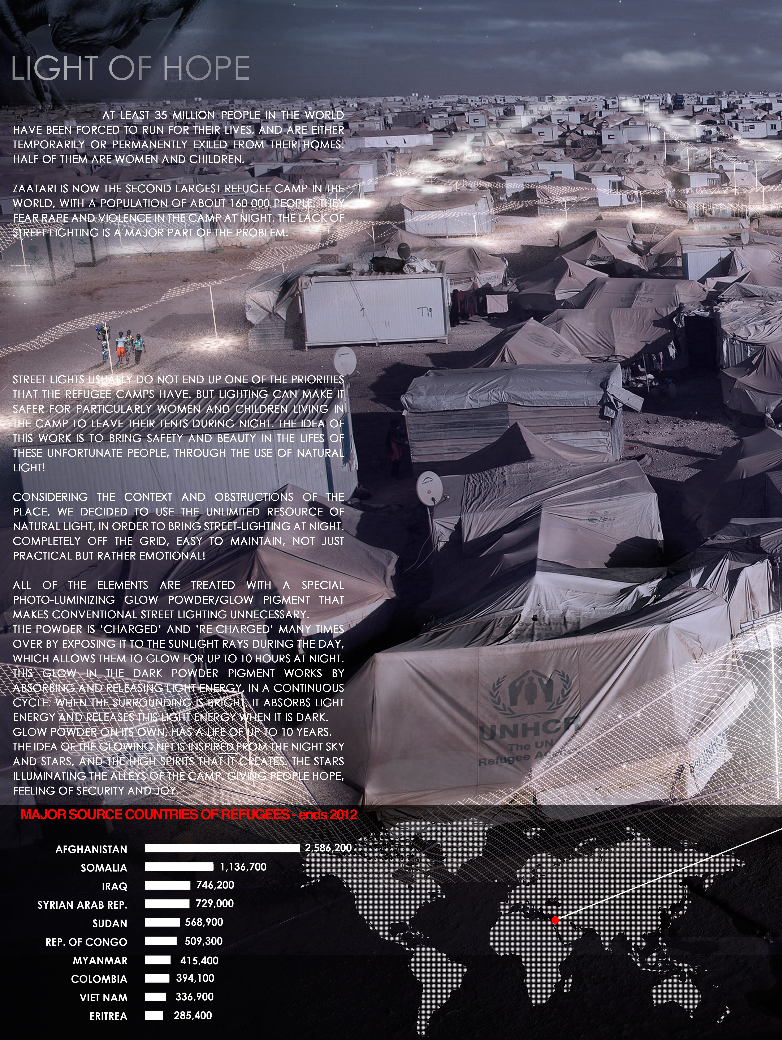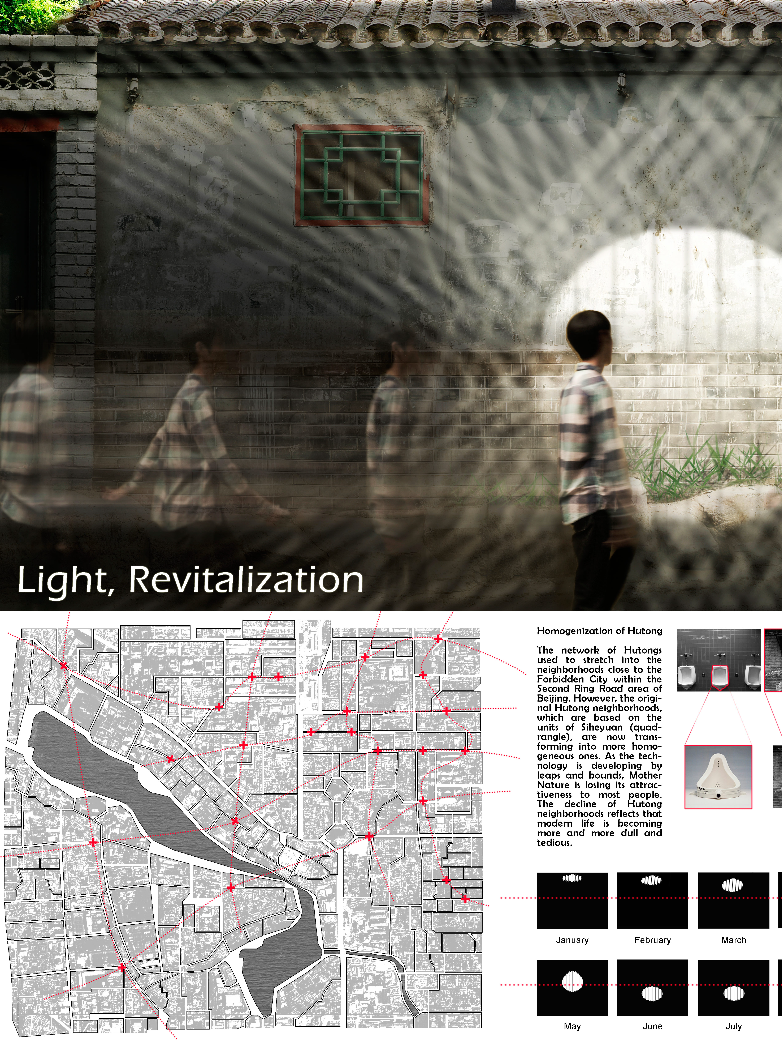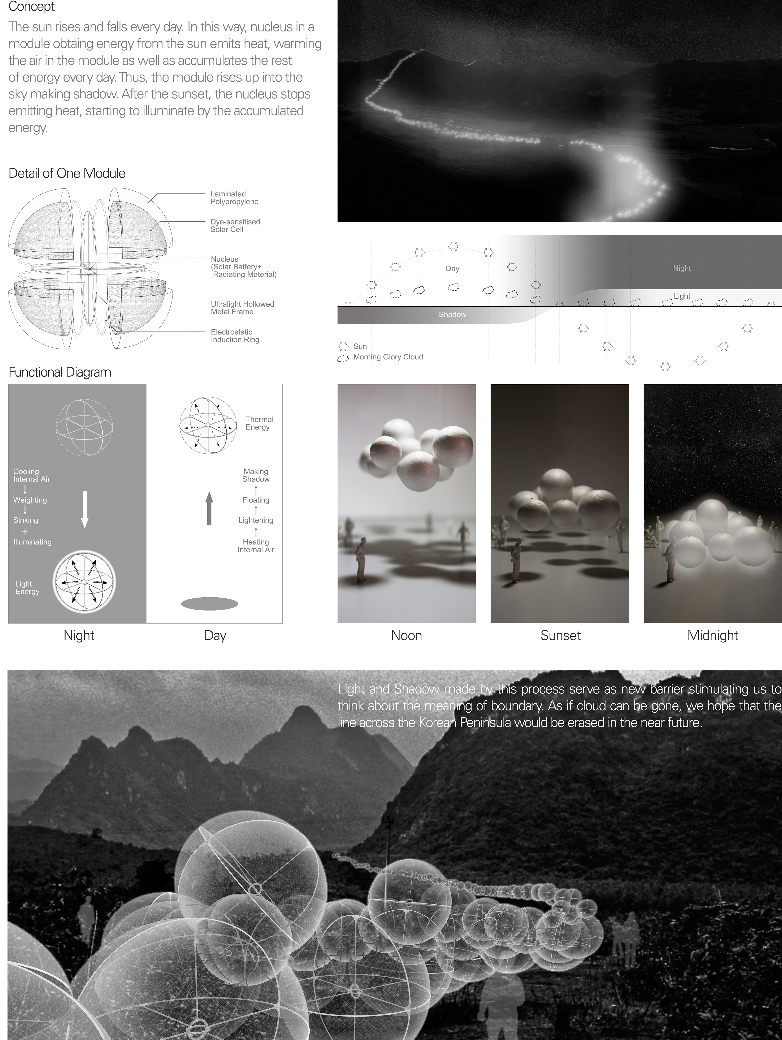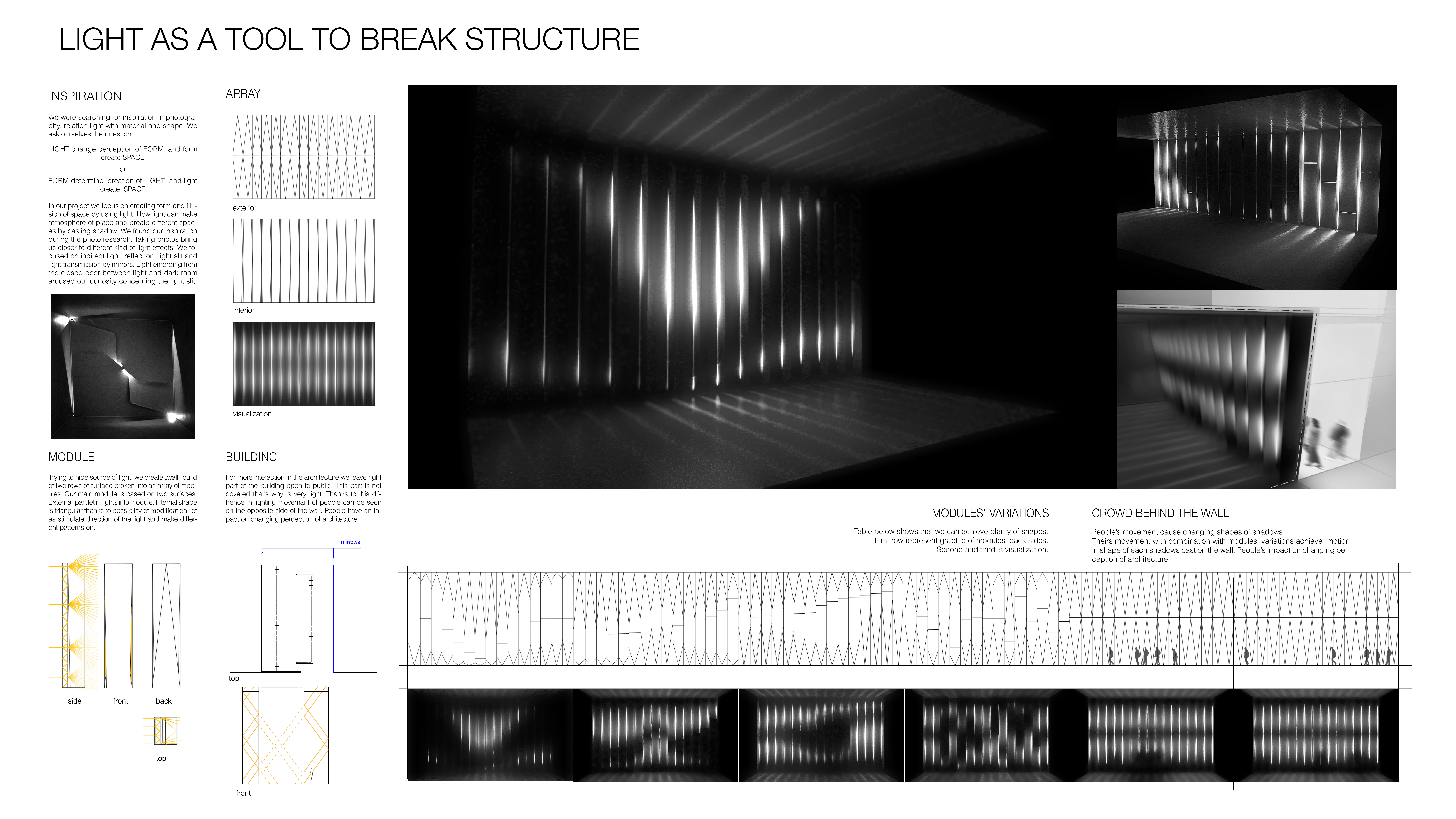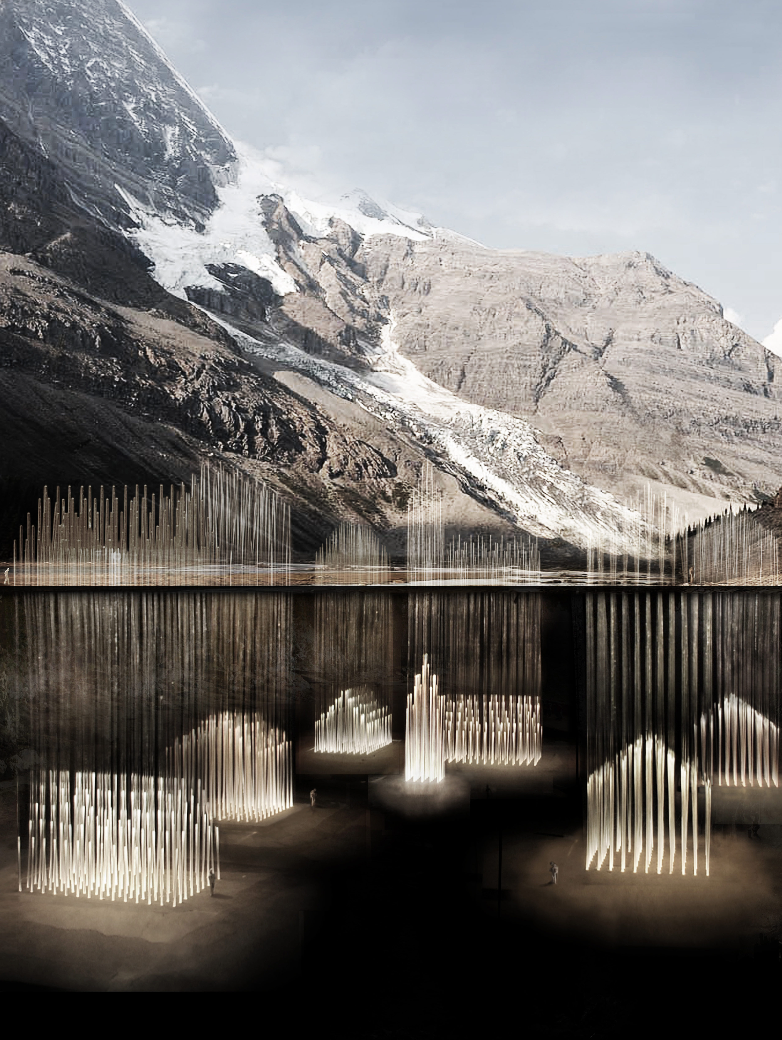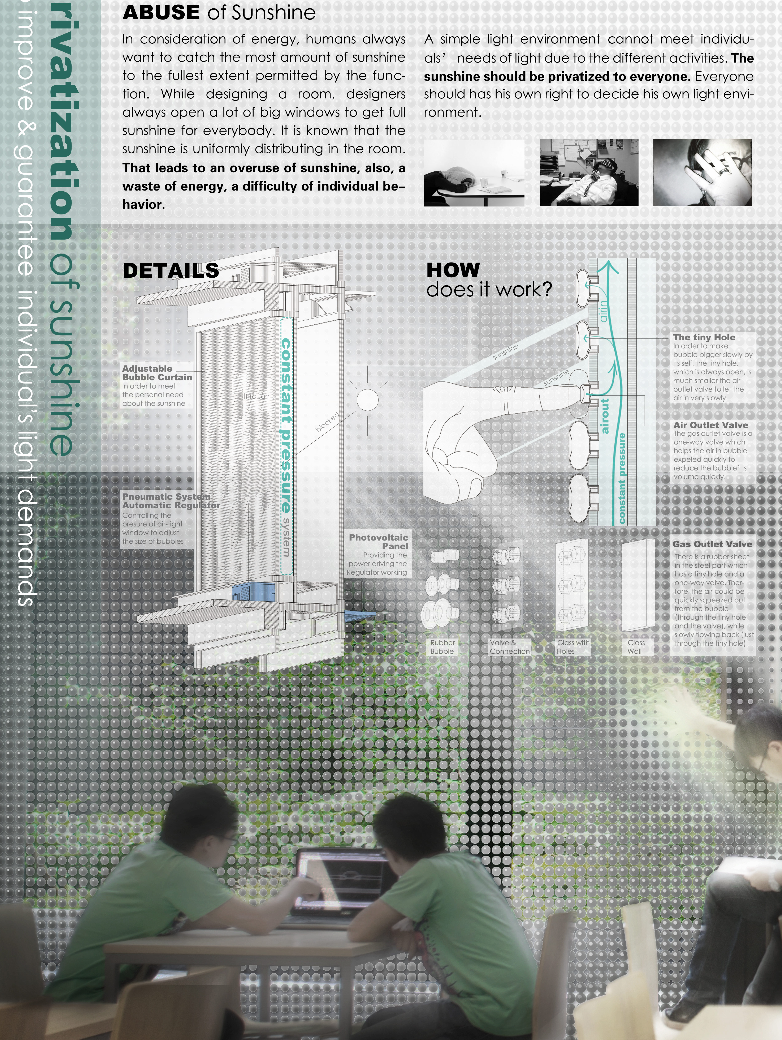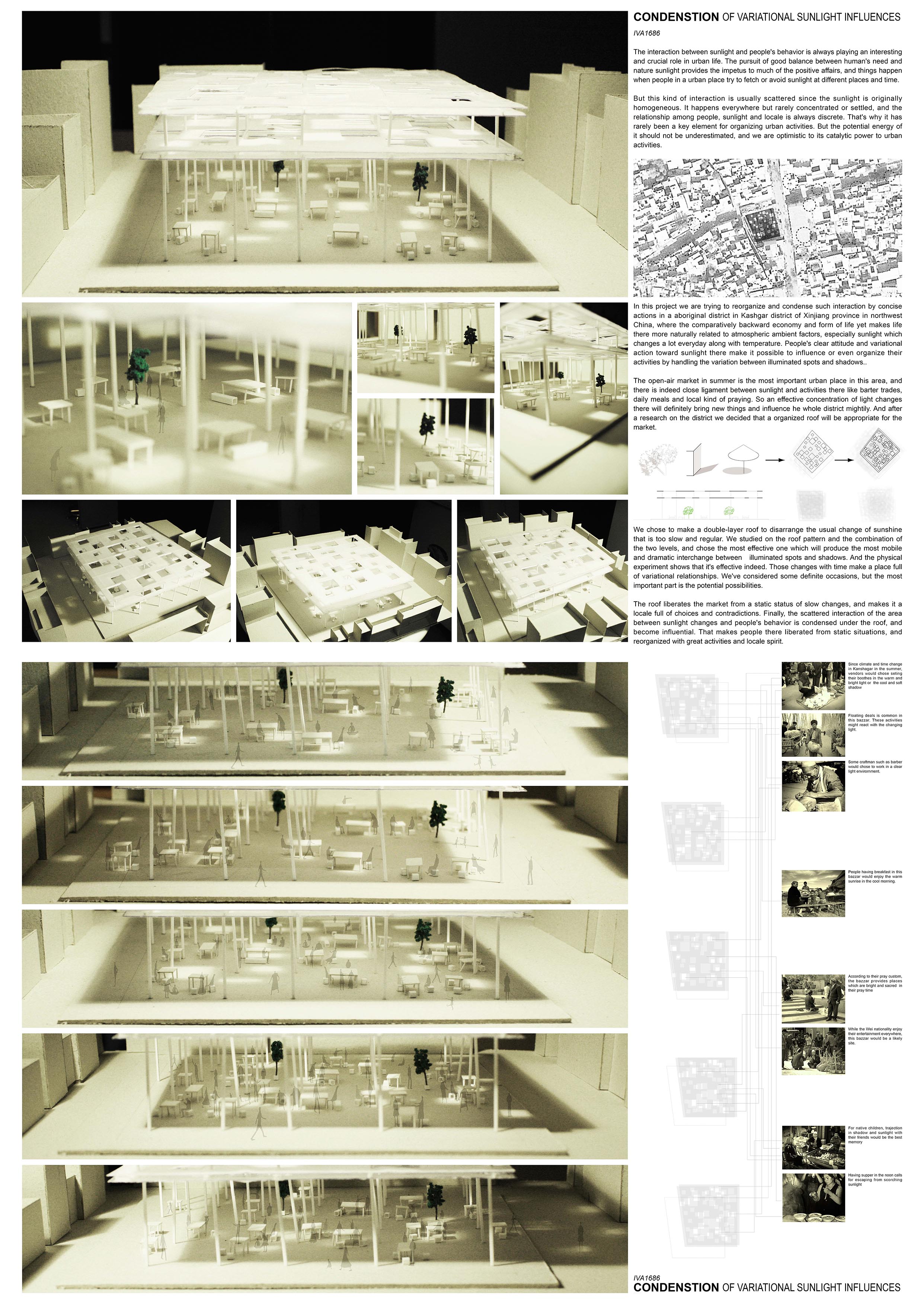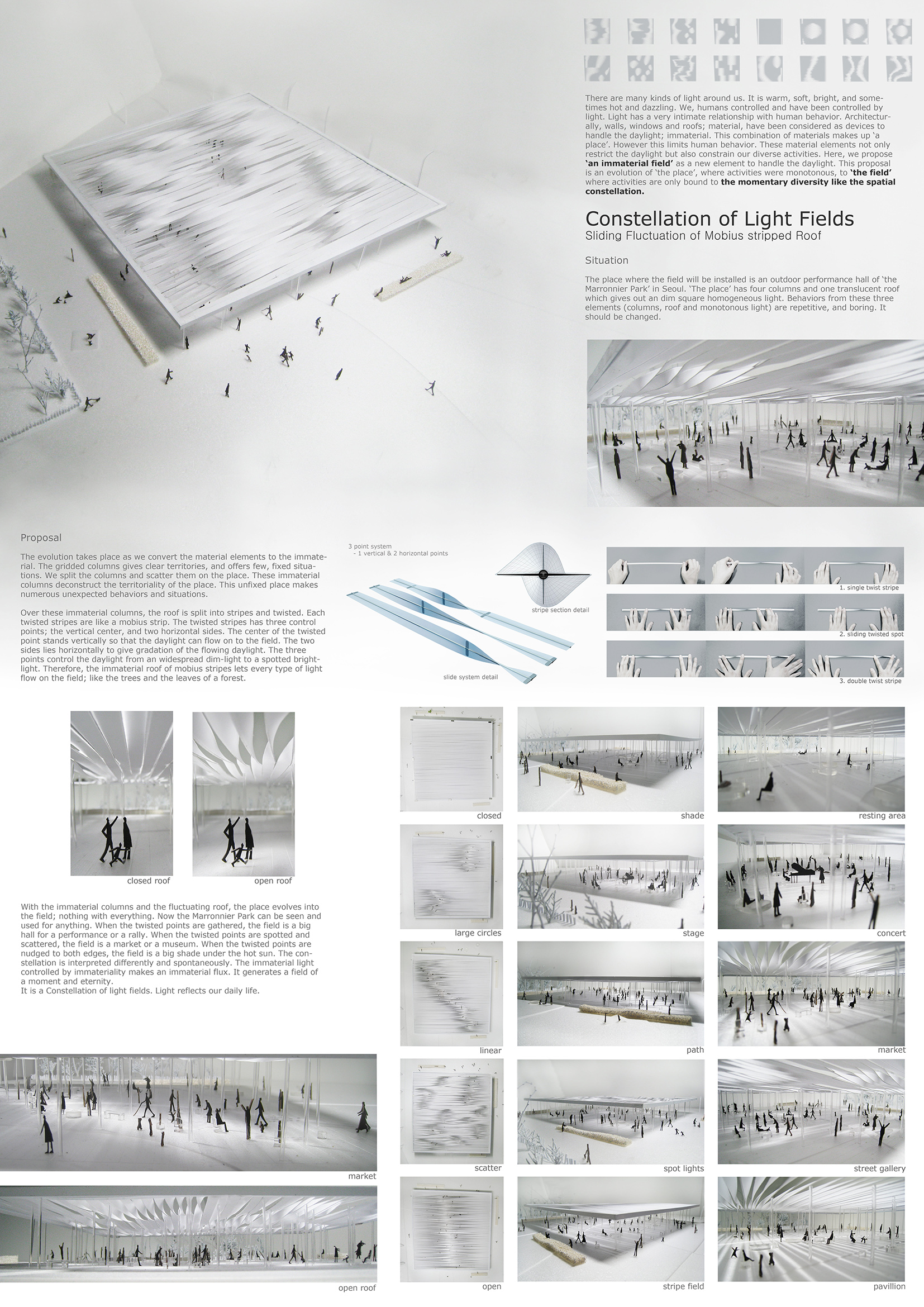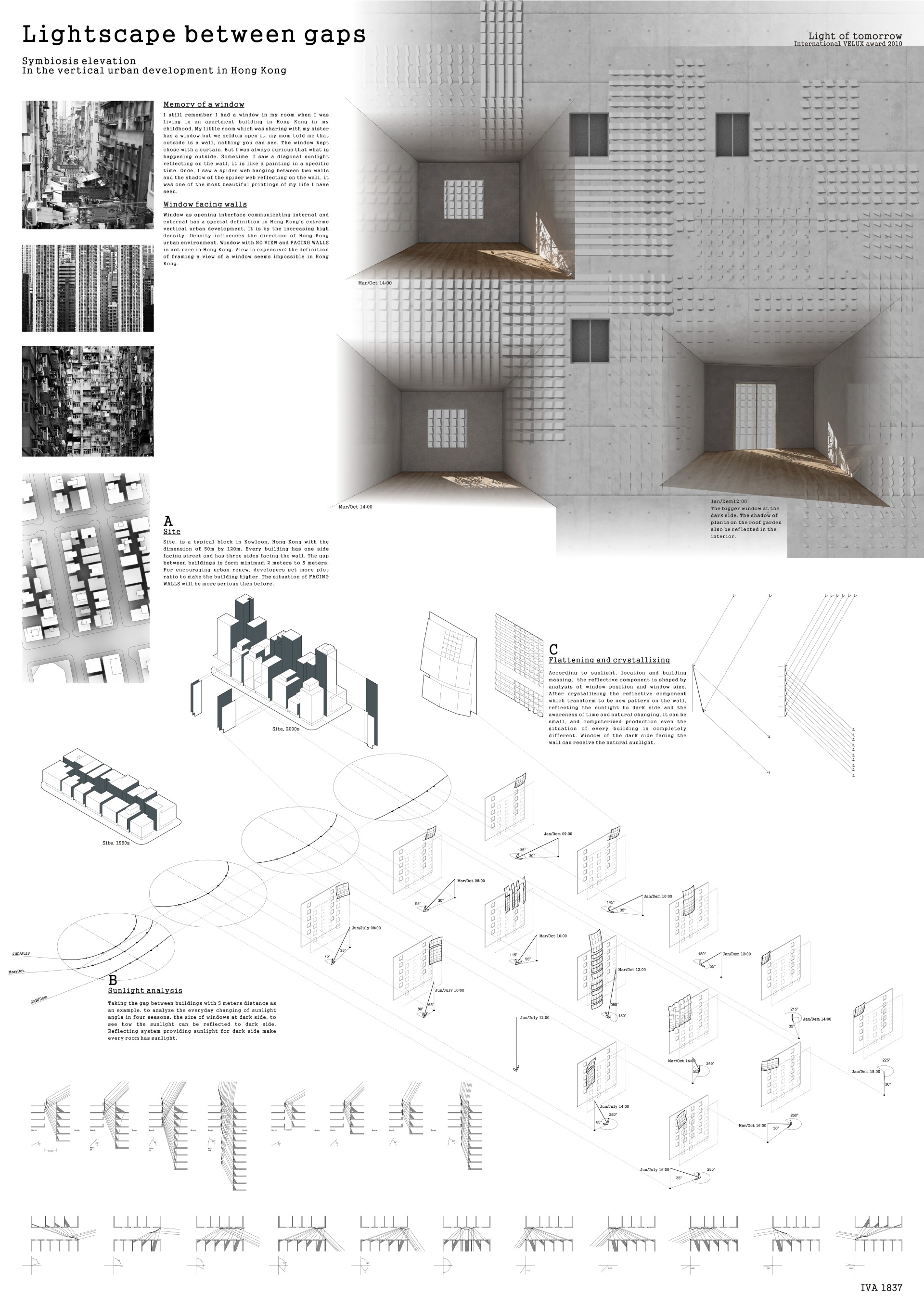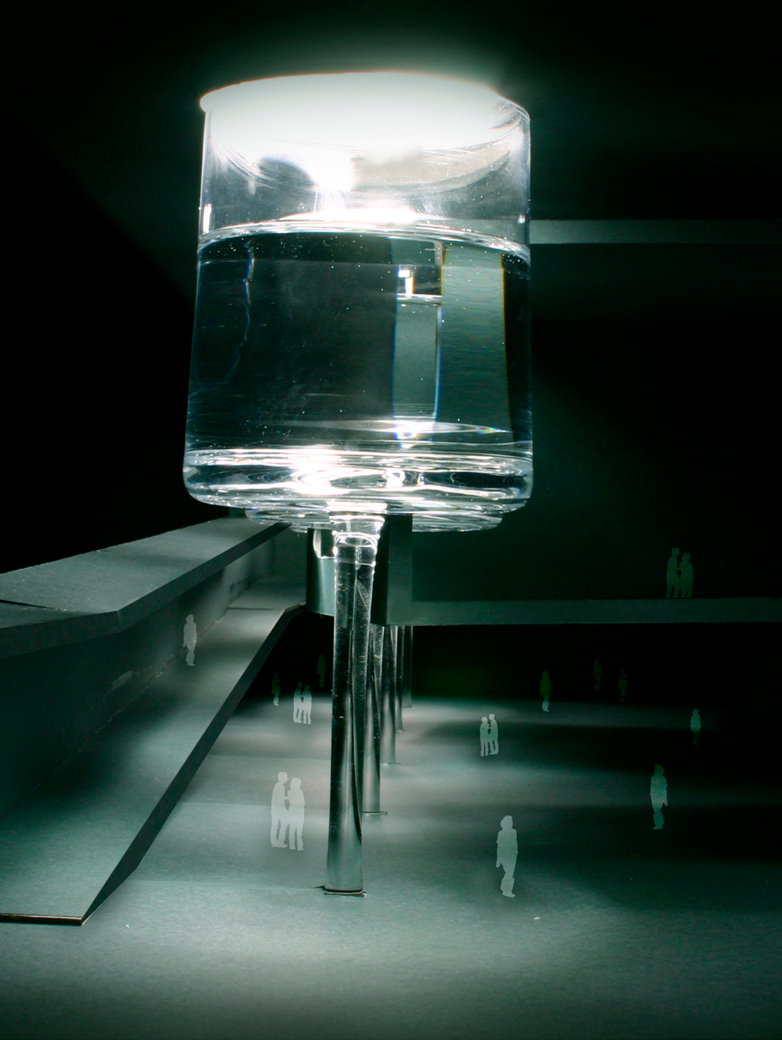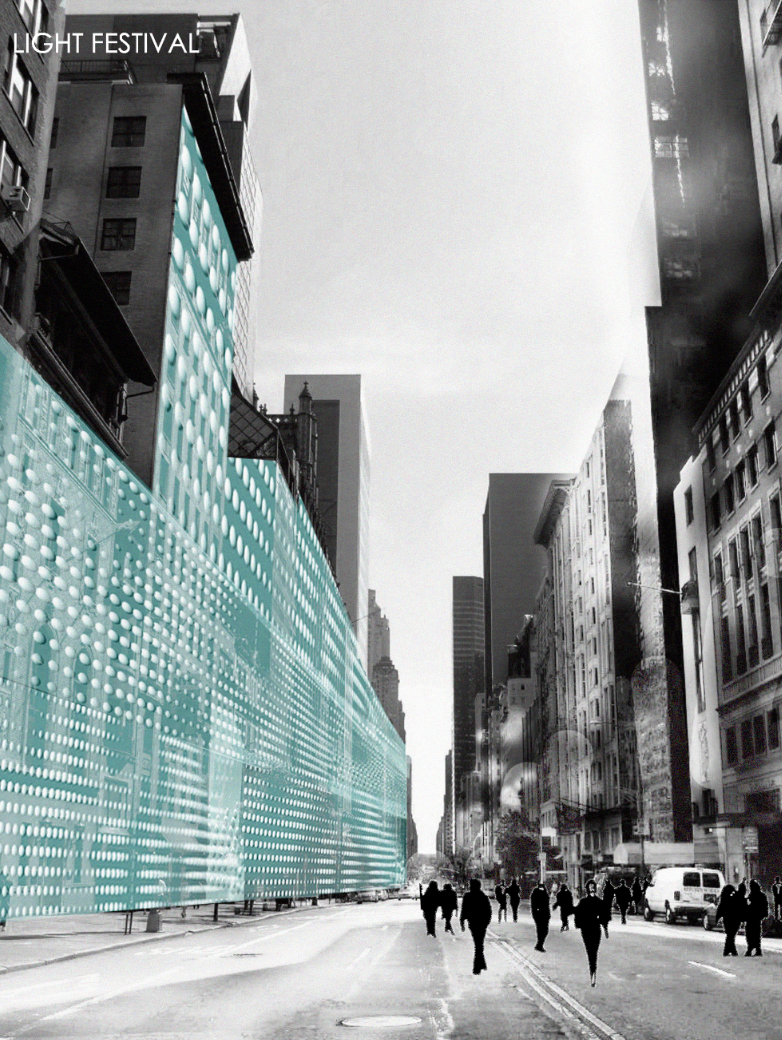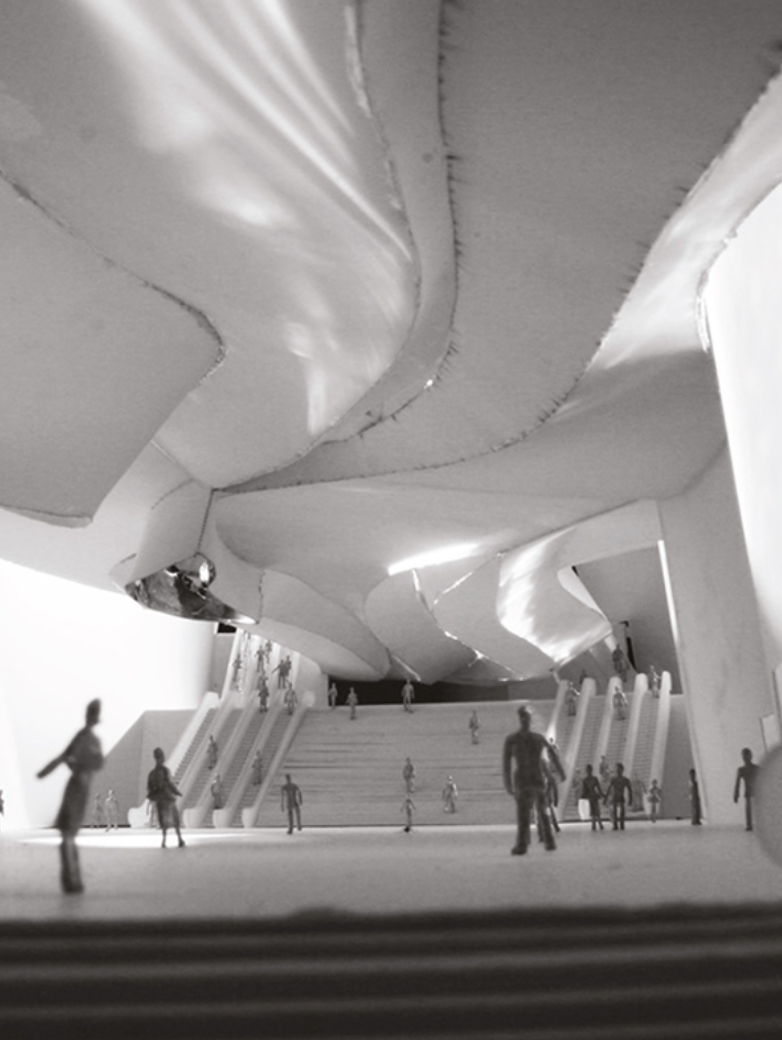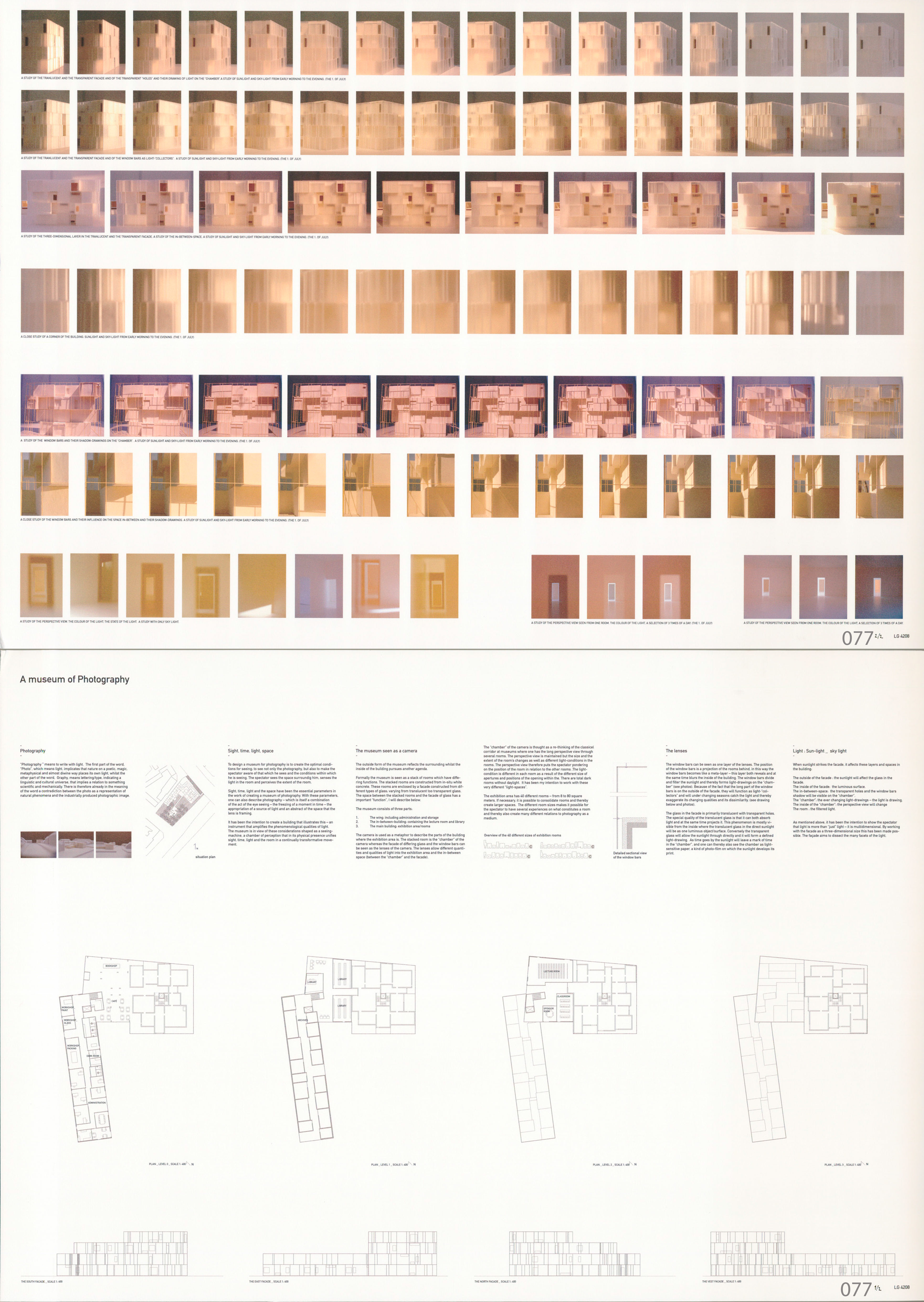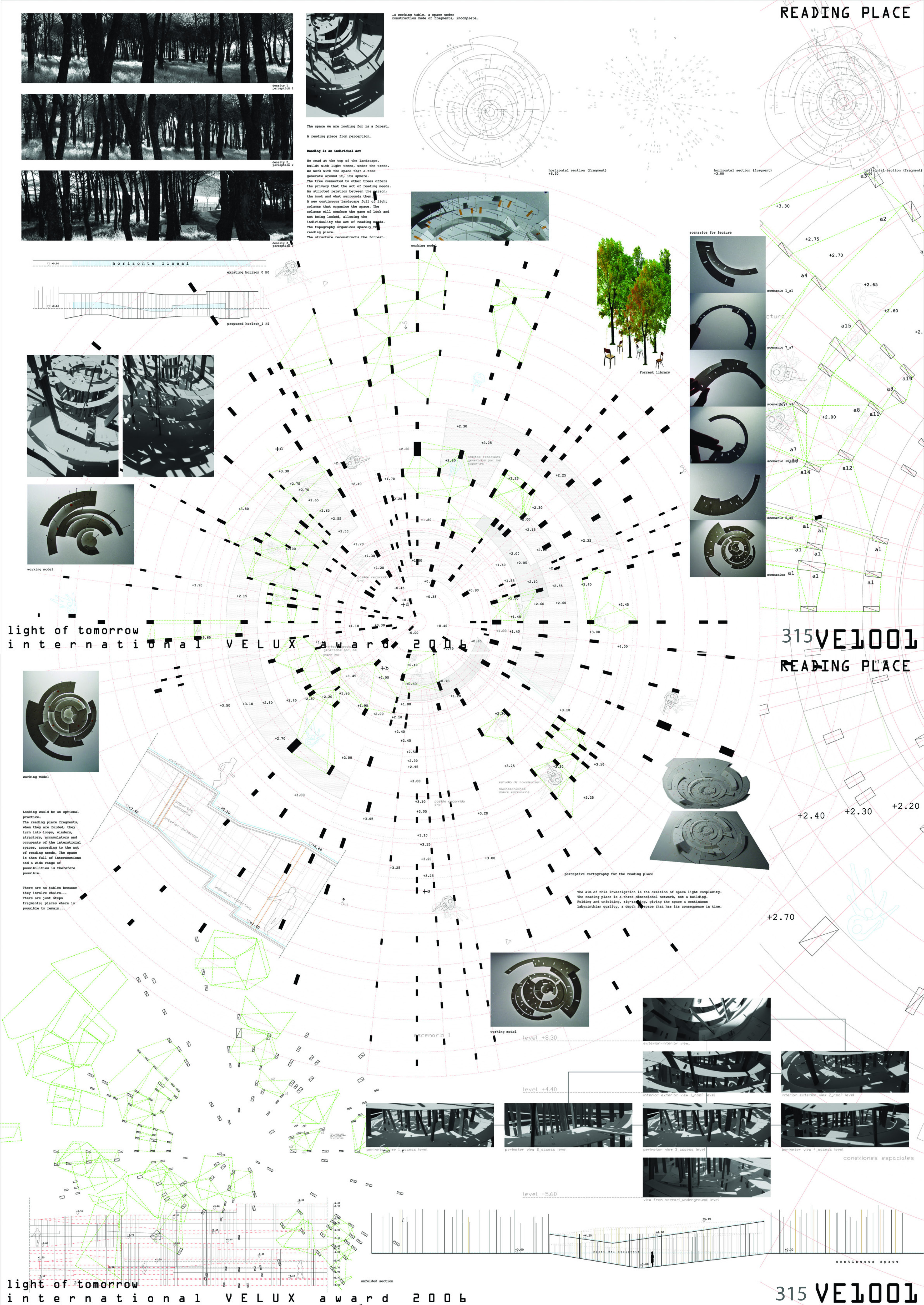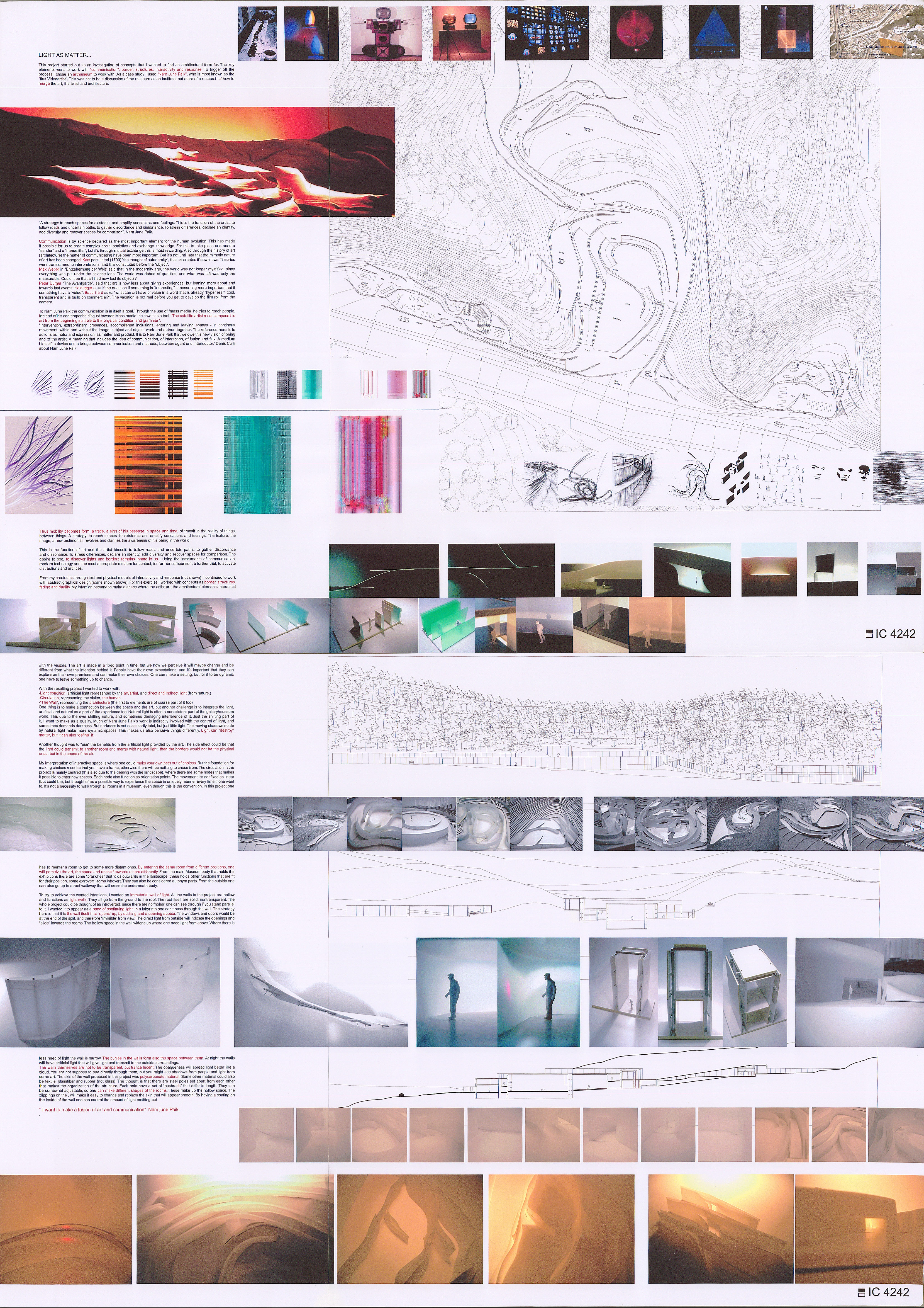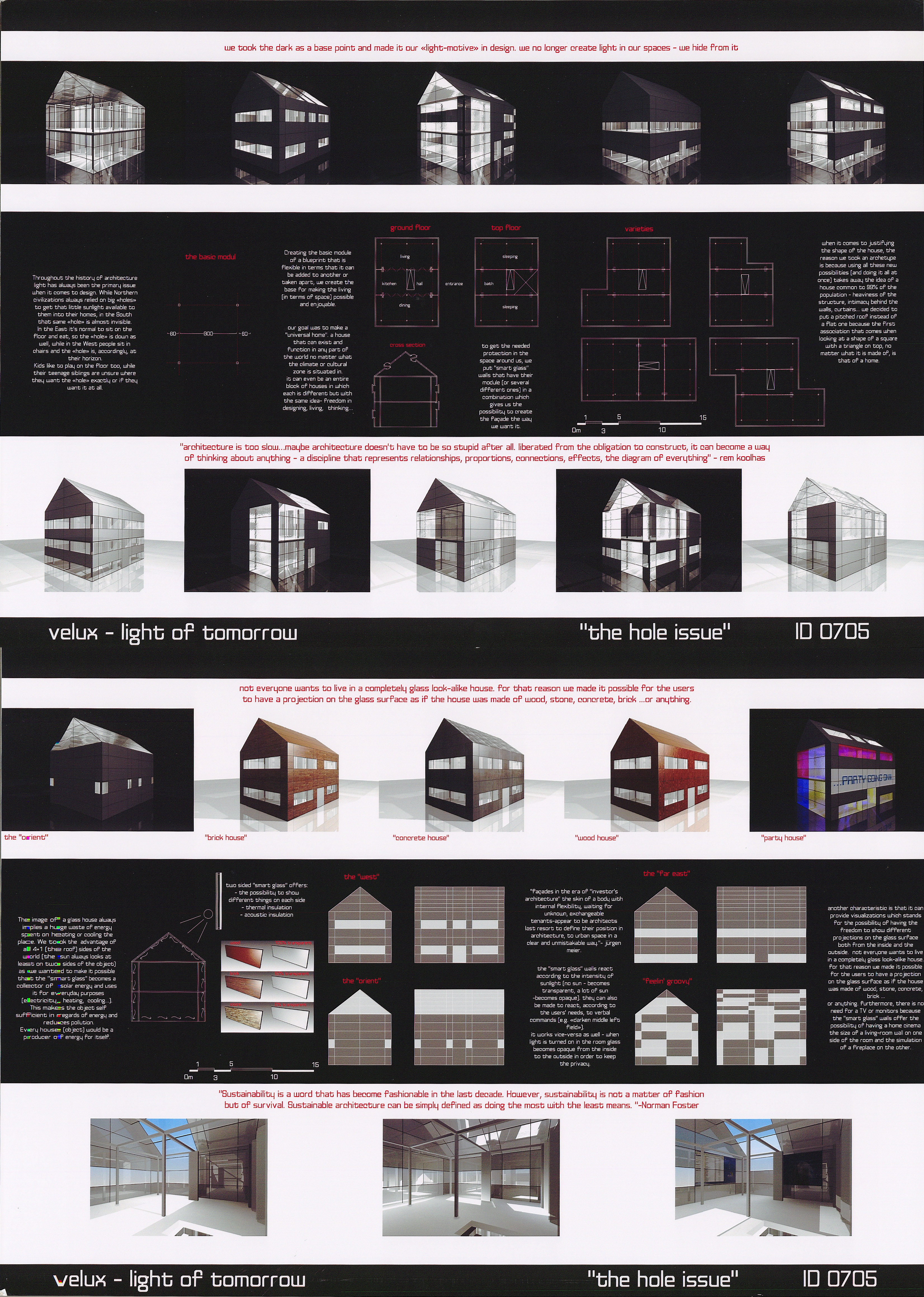2024 - Komorebi
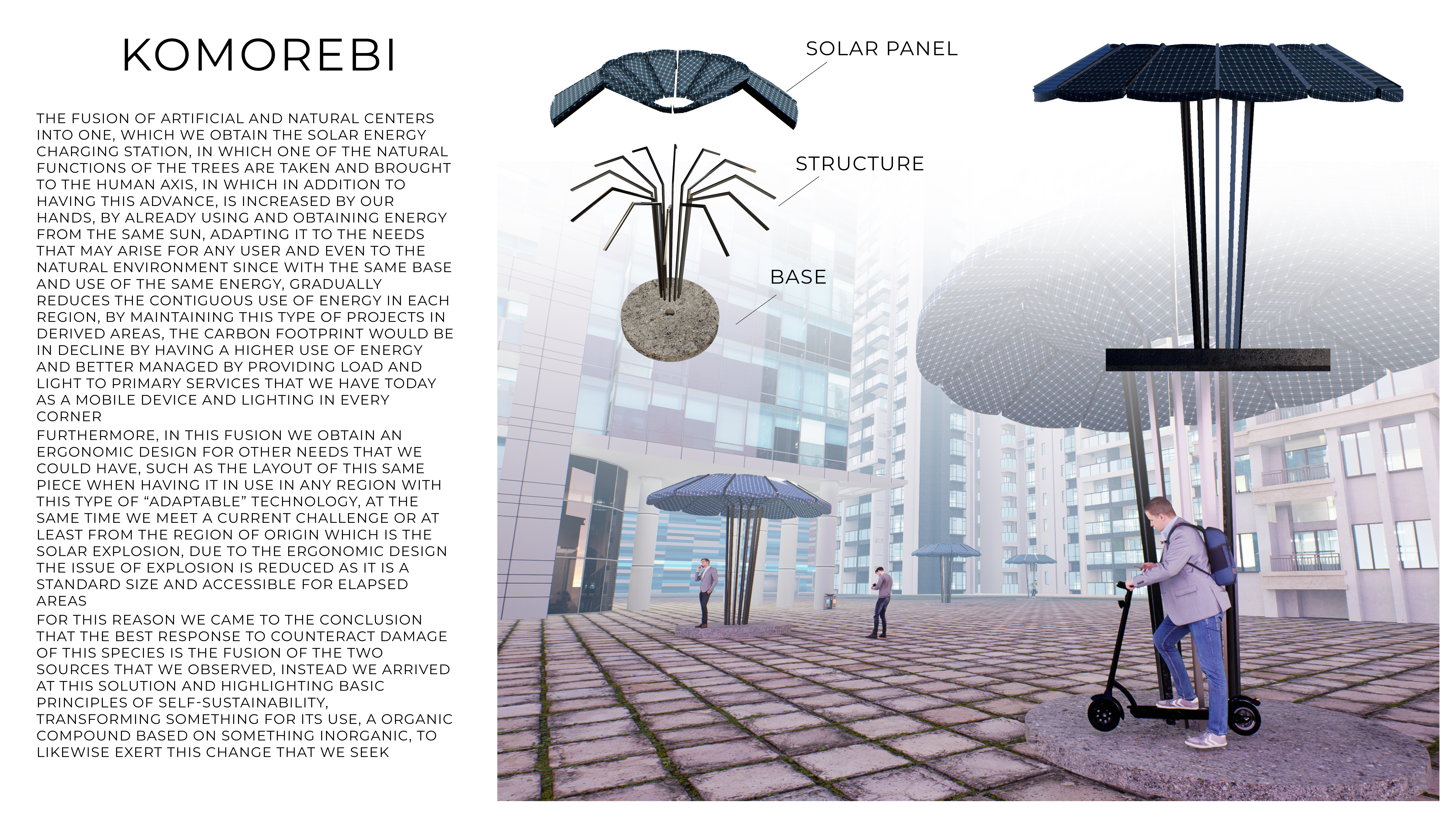
Category
Daylight in Buildings - Region 3: The Americas
Students
Edgar Alejandro Martinez Frias, Olvera Gurrola Jose Alberto, Mercedes Guadalupe Flores Ramirez & Mónica Lizeth Chávez Huerta
Teacher
Jorge Emmanuel Ramirez Corona
School
Universidad Enrique Díaz de León
Country
Mexico
Download
Download project board
The fusion of artificial and natural centers into one, which we obtain the solar energy charging station, in which one of the natural functions of the trees are taken and brought to the human axis, in which in addition to having this advance, is increased by our hands, by already using and obtaining energy from the same sun, adapting it to the needs that may arise for any user and even to the natural environment since with the same base and use of the same energy, gradually reduces the contiguous use of energy in each region, by maintaining this type of projects in derived areas, the carbon footprint would be in decline by having a higher use of energy and better managed by providing load and light to primary services that we have today as a mobile device and lighting in every corner. Furthermore, in this fusion we obtain an ergonomic design for other needs that we could have, such as the layout of this same piece when having it in use in any region with this type of “adaptable” technology, at the same time we meet a current challenge or at least from the region of origin which is the solar explosion, due to the ergonomic design the issue of explosion is reduced as it is a standard size and accessible for elapsed areas. For this reason we came to the conclusion that the best response to counteract damage of this species is the fusion of the two sources that we observed, instead we arrived at this solution and highlighting basic principles of self-sustainability, transforming something for its use, an organic compound based on something inorganic, to likewise exert this change that we seek.
